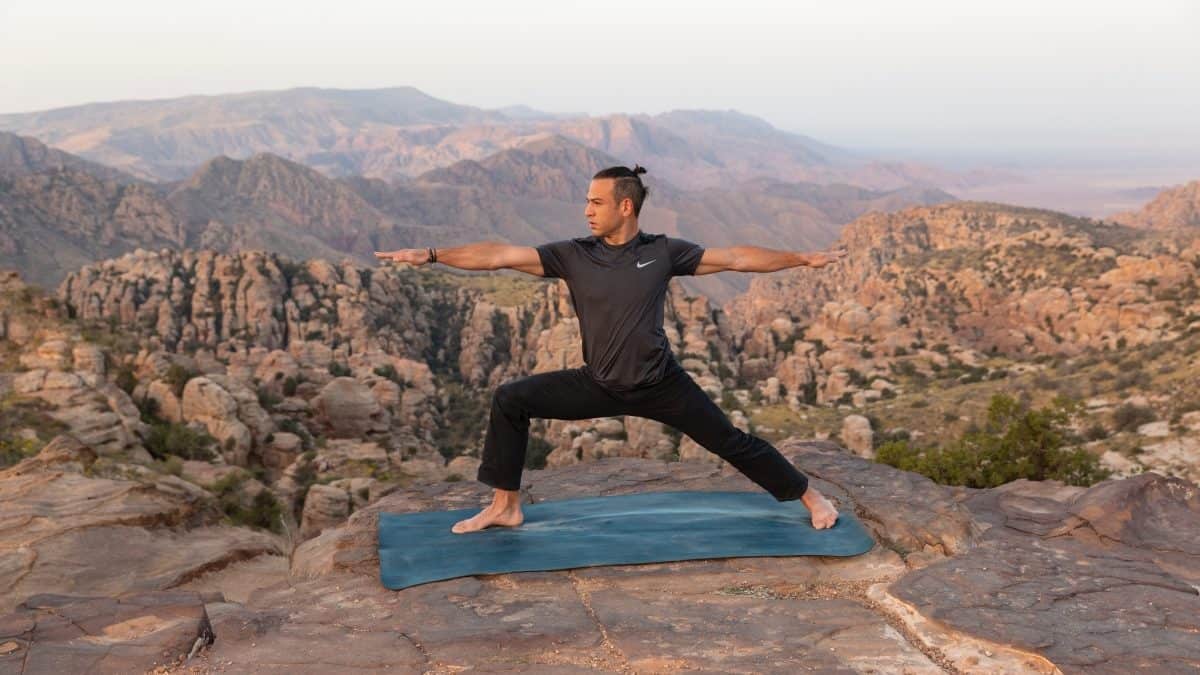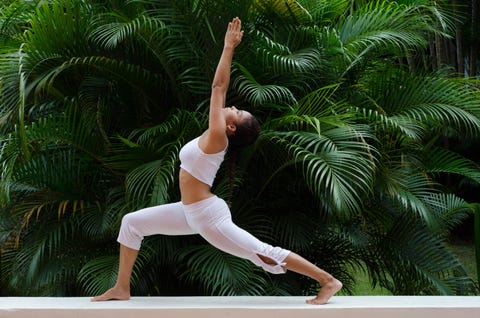
Yoga is a proven technique for treating depression and the symptoms associated with it. Yoga has been shown to reduce depression symptoms and the frequency of depressive episodes. Mehta and Sharma recently conducted a systematic review of yoga literature, searching for articles published in English from 2005 to 2010. They discovered 18 studies that demonstrated a positive effect upon depression. The authors also offered suggestions for future yoga interventions.
Bikram yoga reduces depression
Recent studies have shown that practicing yoga two times per week can dramatically reduce the symptoms of depression. Maren Nyer PhD and Maya Nauphal BA conducted a study and found that Bikram yoga was beneficial for improving emotional regulation, physical functioning and reducing depression symptoms in adults. Participants also reported a greater sense of optimism and improved quality of life. The participants who attended more bikram classes had lower depression rates.
Bikram yoga decreases stress levels. Cortisol is released more in stressful situations. Although this hormone is necessary to deal with stress, too much cortisol can impair memory, decrease immune function, raise blood pressure, and cholesterol, and even lead to weight gain. Over-exerting cortisol can lead to depression. Regular yoga practice is a good way to reduce cortisol levels.
Meditation
Yoga is an option for people suffering from depression. Yoga teaches you to become aware of your mind, body and breath. It also teaches how to connect with the soul. While the soul can never be fixed, it is the root cause of mental illness. By connecting with the soul, yoga practitioners may be able to better understand the symptoms of depression.

Depression is a common mental disorder that affects 1 in 7 Americans. The primary treatment for depression is usually antidepressants, but this treatment is not necessarily effective for all patients. Studies have shown that only 10-30% people who take antidepressants experience any improvement. Researchers are constantly looking for other treatments to combat depression.
Movements
Recent research suggests that movement-based yoga and other complementary therapies can reduce the symptoms of depression. Researchers reviewed 19 studies, which included over 1,000 patients. They found yoga practitioners had significantly lower symptoms than participants in normal care or attention control exercises. Also, the most significant reduction in symptoms was seen for those who practice yoga regularly.
Yoga incorporates a variety of breathing techniques, postures, and meditation. Research shows that movement-based yoga classes are more effective at reducing depression symptoms than traditional classes. They include both holding and flowing through postures. Various types of yoga classes are available at local community centers, health facilities, and fitness studios. Some classes can be intense and strenuous, but they are beneficial for calming the mind and strengthening the body-mind link.
Alternative to antidepressants
Natural remedies can be an alternative to antidepressants, if depression is a problem. Natural treatments are often more effective than prescription medication and can make people feel happier. Many foods, spices, drinks, and beverages contain natural antidepressants, which have been proven to relieve symptoms. Curcumin, a compound in turmeric, is an effective treatment for depression. For best results, choose the supplement which best suits your needs.
Saffron, a natural antidepressant, is another. It is used in Eastern European and traditional Asian medicine and has been shown to reduce depression. Studies have shown that this substance boosts mood and increases neurotransmitter activity. It works faster than prescription antidepressants to reduce depression symptoms. People who are suffering from fatigue or anxiety can also benefit from it. It can also help with seasonal affective disorders.

Mechanism of Action
One mechanism that may help with depression and yoga is to increase brain derived neurological factor (BDNF). This mechanism has been proven to be beneficial for antidepressant drugs and likely to be relevant for yoga. A study that looked at the effects of yoga on BDNF levels found that there were significant changes. The research suggests that yoga might be a good treatment for patients suffering from depression. More research is needed to identify the physiological mechanism.
The study found that yoga therapy decreased stress hormone levels in patients with major depressive disorder. Yoga therapy also increased the activity of GABA, an inhibitory neurotransmitter. In addition, they found that the treatment improved autonomic functioning of the brain. The researchers also measured blood biomarkers that were associated with depression, brain activity and heart rate variability.
FAQ
Are yoga mats expensive?
A high-quality yoga rug can cost anywhere from $20 to $100, depending on its dimensions and the material used.
Does yoga have side effects?
Yoga has risks like any other form of physical activity. The most serious risk is injury. The main risk is injury.
If you're just starting yoga, you may feel dizzy and faint standing on your head.
This is caused when blood pools in your brain. Don't worry, though; this sensation goes away quickly.
Do downward-facing dogs if you experience chest pains. Don't hold your breath. You will only increase the heart rate and make matters worse.
Does yoga make me look like a hunk?
No! After practicing yoga, you will not appear like a Hollywood star. You will look toned, stronger, flexible, and leaner after you do yoga.
Is yoga safe to do?
Yoga is safe for all abilities, ages, genders and ethnicities. Yoga has been practiced over thousands of year without any side effects.
You should consult your doctor if there are any health conditions you may have before beginning an exercise program.
Statistics
- Start your Fall off right with 20% off All Access Membership when you sign up by 9/25! (corepoweryoga.com)
- Gentle yoga has been shown to ease some of the discomforts of tender, swollen joints for people with arthritis, according to a Johns Hopkins review of 11 recent studies. (hopkinsmedicine.org)
- About one in seven U.S. adults practiced yoga in the past 12 months, according to a 2017 national survey. (nccih.nih.gov)
- A 2020 review of 27 studies (1,805 total participants) of yoga interventions in children or adolescents found reductions in anxiety or depression in 70 percent of the studies, with more promising results for anxiety. (nccih.nih.gov)
- Lock in 25% off your Founding Member rate. (corepoweryoga.com)
External Links
How To
What is the best location to practice yoga in?
There's no right or wrong way to practice yoga. Every person has their own style. The most important thing is to feel at ease in the positions you choose.
Here are some commonly used positions:
Standing poses – These poses are good for beginners. They allow you to look at your body from different angles. They make it easier to concentrate on your breathing.
Forward bends- Forward bends can often be used to release tight areas. These can be done while you are sitting or lying down.
Backbends – Backbends are considered to be advanced poses. Ask your instructor for advice if you're interested in trying it.
Inversions - These are poses that require you upside down to balance. This type of yoga can be challenging but rewarding.